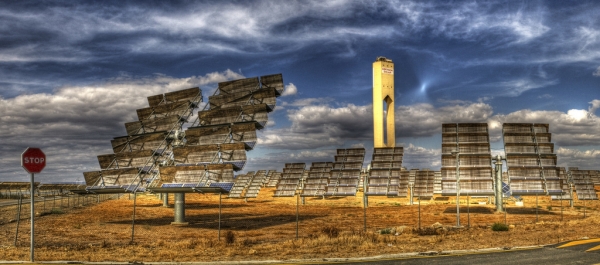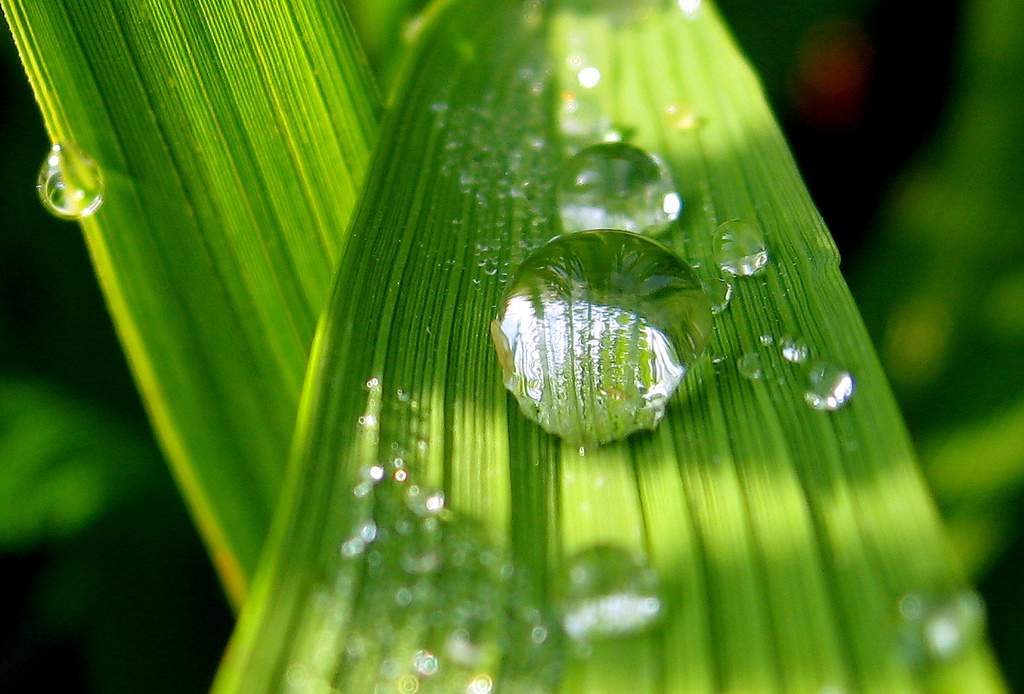The History and the Problem with Solar Energy
Video
alt="" Brink - Storing Solar Energy Science ChannelSolar energy technologies were discovered by the ancient Greek society, yet we are still uncovering today how to store the sun's energy for use on those days when cloudy cover prevails and there is no sunshine to capture. Many alternative energy sources, such as solar energy, have been overshadowed, as well, by fuel sources such as coal and natural gas, once seen by early industrialists as abundant and seemingly limitless.
MIT's Chemistry Professor Dan Nocera and his research team offer society new hope for taking solar energy technologies one step closer to an in-home reality.
 PV array
Photo by Zu Sanchez
PV array
Photo by Zu Sanchez
Fossil Fuels are Disappearing
Fossil fuels, though once plentiful, are very quickly disappearing, according to the U.S. Energy Information Association. Let's take coal and look at how much is left in U.S. reserves for an example: "Based on U.S. coal consumption for 2008, the U.S. recoverable coal reserves represent enough coal to last 234 years. However, EIA projects in the most recent Annual Energy Outlook (April 2009) that U.S. coal consumption will increase at about 0.6% per year for the period 2007-2030. If that growth rate continues into the future, U.S. recoverable coal reserves would be exhausted in about 146 years if no new reserves are added."
But, what is happening on a worldwide scale? Again, according to the U.S. Energy Information Association, "Worldwide, compared to all other fossil fuels, coal is the most abundant and is widely distributed across the continents. The estimate for the world's total recoverable reserves of coal as of January 1, 2006 was 930 billion short tons. The resulting ratio of coal reserves to consumption is approximately 138 years, meaning that at current rates of consumption, current coal reserves could last that long."
The Early History of Solar Energy
The Greeks, Romans and Chinese use burning mirrors to light torches for religious ceremonies. French-Swiss scientist Horace de Saussure was credited with building the world's first solar collector in 1767.
In 1839, a 19-year-old French scientist named Edmund Becquerel discovered the photovoltaic effect. French mathematician August Mouchet proposed the idea of a solar-powered steam engine; he experimented and built the first solar-powered engine for various purposes.
In 1873, Willoughby Smith observed the light sensitivity of selenium.
Following the discovery of the photoconductivity of selenium, in 1876 William Grylls and Richard Evans discovered that selenium produces electricity when exposed to sunlight.
In 1883 Charles Fritts described the fist solar cells from selenium wafers.
The first commercial solar water heater was patented by Baltimore inventor Clarence Kemp. Research continued into the 1900s.
The Past 100 Years of Solar Energy Research in the U.S.
View the history of solar energy over the past 100 years via Newsweek's photojournalism piece entitled, "So Bright a Future."
The Problem with Solar Energy
"In one hour, the amount of energy that hits the face of the planet from the sun is what we use to power the entire planet for a year. It's pretty crazy that we aren't using it. The problem is how do you store the sunlight when the sun is not shining?" says MIT professor and chemist Dan Nocera who is on the brink of discovering how we can store solar energy.
Nocera's inspiration is nature itself. He observed that plant leaves chemically convert the sun's energy into a fuel source, i.e., hydrogen and oxygen. His discovery is fairly simply based on electrolysis, yet he has discovered how to make electrolysis work with much less energy by using cobalt and phosphate.
What does Nocera say to plant leaves? "I own you; I can do what you can do. [Turning to the audience...] If that doesn't get you excited, then don't do science."


Stephanie Aurora Lewis
Stephanie, an NCARB registered architect and LEED AP, draws upon her studies in architectural history and theory from Sarah Lawrence College and her master’s degree in architecture from The Ohio State University. Providing copy for publications and performing marketing work for the construction industry, Stephanie works as an independent freelancer from Columbus, Ohio.
Website: greengaloredesigner.blogspot.com/
